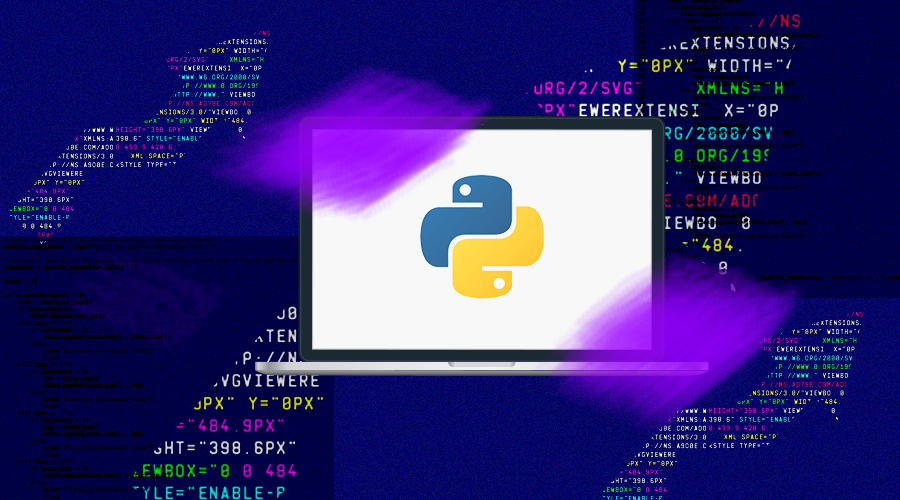Python has become one of the world’s most popular programming languages for good reason. With its clean syntax, powerful libraries, and versatile applications, Python offers an ideal entry point for those new to coding while providing depth that supports growth into advanced development.
This comprehensive course guides you through a carefully structured journey from absolute beginner to a capable Python programmer. You’ll start with the fundamentals, writing your first lines of code and understanding basic syntax, then progressively build toward creating practical applications that solve real-world problems.
Throughout the course, you’ll develop a solid foundation in programming concepts while learning Python-specific tools and techniques. Each module combines theory with hands-on practice, allowing you to immediately apply what you’ve learned through coding exercises, challenges, and guided projects.
You don’t have to worry whether you’re looking to automate repetitive tasks, analyze data, build web applications, or simply understand the logic that drives our digital world, this course provides the skills and knowledge to transform your ideas into functional Python code.
No prior programming experience is required – just bring your curiosity and willingness to learn. By the end of this journey, you’ll have the confidence to tackle coding projects independently and the foundation to continue growing your Python expertise.
Curriculum
- 8 Sections
- 52 Lessons
- 35 Weeks
- Overview of Python ProgrammingThis chapter introduces Python, its uses, and sets up the environment for development. Learners will write their first basic scripts.6
- 1.1What is Python and Why Learn It?
- 1.2Installing Python and Setting Up Your Environment
- 1.3Introduction to IDEs (IDLE, VS Code, Jupyter)
- 1.4Writing and Running Your First PyUnderstanding Comments and Code Structurethon Script
- 1.5Understanding Comments and Code Structure
- 1.6Print Statements and String Output
- Variables, Data Types, and OperatorsLearn how to store, manipulate, and operate on data using variables and basic operators in Python.6
- Control Flow: Conditionals and LoopsThis module teaches how to control the flow of your programs using if-else conditions and loops.7
- Data Structures in PythonStudents explore built-in Python data structures such as lists, tuples, dictionaries, and sets.7
- Functions and Modular ProgrammingWe will introduce the concept of reusable code with functions and modules.7
- Working with FilesLearn how to read from and write to text files in Python, essential for data manipulation and automation.6
- Introduction to Python LibrariesThis module introduces powerful Python libraries that expand functionality for real-world tasks like math, data, and visualization.6
- Final Project: Build a Simple Python ApplicationApply everything you've learned in a capstone project that demonstrates your ability to write functional, real-world Python code.7
Requirements
- No prior programming experience necessary
- A computer running Windows, macOS, or Linux
- Internet access for downloading Python and additional learning resources, attending live sessions
- Basic computer skills (file management, web browsing)
- Commitment of 4-6 hours per week for optimal learning progress
Features
- Hands-on learning with a variety of coding exercises and challenges
- Real-world projects that build a professional portfolio
- Comprehensive coverage from basic syntax to complex applications
- One-on-one support through weekly live session hours
- Interactive quizzes to reinforce learning concepts
- Lifetime access to course materials and updates
- Certificate of completion for your resume or professional profile
- Community forum for peer collaboration and networking
Target audiences
- Complete beginners with no programming background
- Students seeking to add programming skills to their academic toolkit
- Professionals looking to automate repetitive tasks
- Data analysts wanting to enhance their data processing capabilities
- Career changers interested in entering the tech industry
- Hobbyists curious about creating their own applications
- Self-learners who prefer structured, step-by-step instruction

